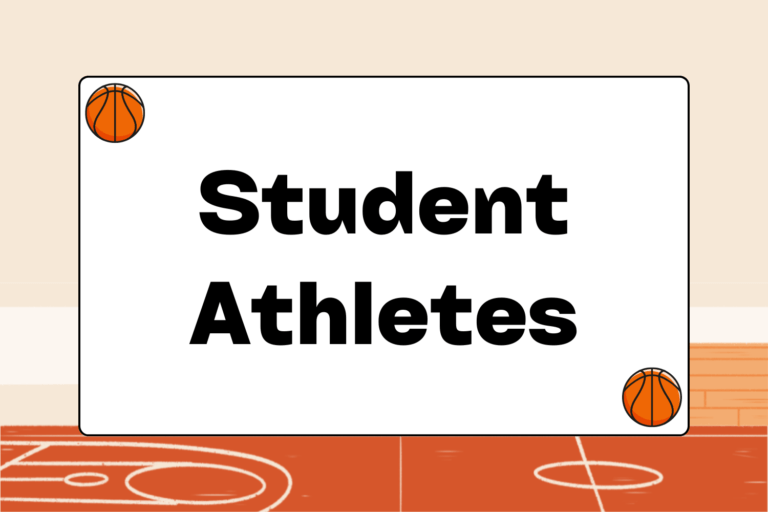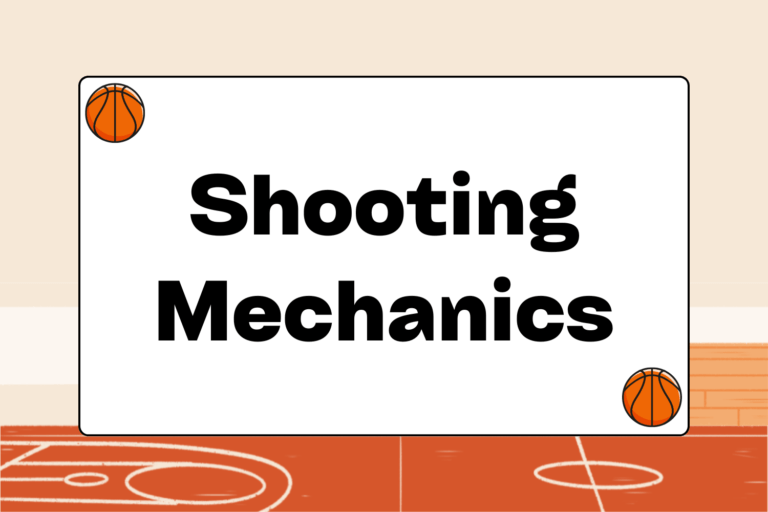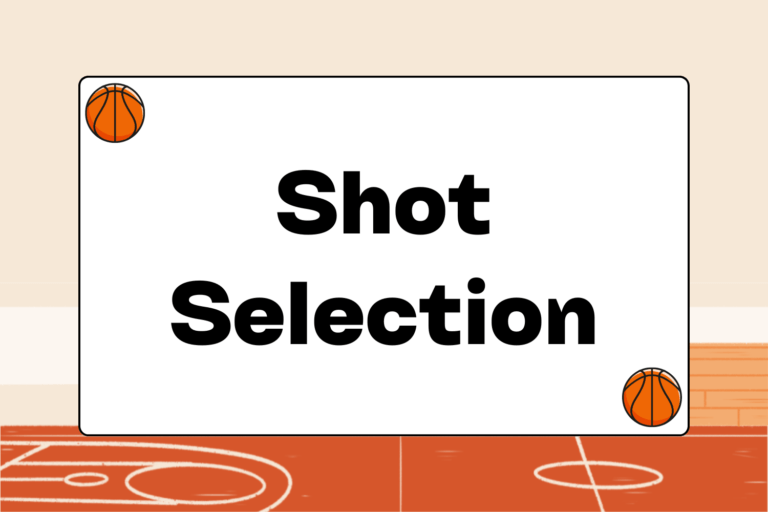A 3/4- or full-court press can disrupt the rhythm of any basketball offense and overwhelm an unprepared team. Teams can press at any time, and the element of surprise is a major weapon for teams that use press defenses. Therefore, it’s essential that coaches prepare their players to break a pressing defense by teaching them what to do and how to act when a team presses them in the backcourt.
Players must act decisively and confidently to move the ball upcourt against a press. This means:
- The inbounder must quickly find an open man.
- The ball-handler must make a quick decision with the ball.
- Players must work actively and constantly to get open.
- Every pass must be crisp and at chest-level.
A team that knows how to do these things — and that can do them habitually based on teamwork and following assignments — can find easy transition baskets and expose a press. On the other hand, a team that doesn’t know the proper techniques for breaking a press can be completely taken out of its offensive game.
Where to Set Up
Each player on the floor has a specific assignment when an opposing team presses. It’s important to be very familiar with that assignment, because a team can press off of any made basket or after any timeout.
There are a variety of ways to break a press, and different coaches like to set up players in different alignments. However, there are a few consistent themes in each:
- The inbounder should step away from the basket: Take a couple steps to the left or right of the basket along the baseline, so that an overhead pass is possible.
- Make a quick inbounds pass: A quick pass makes it harder for the defense to recognize its assignments and attack. Consequently, every offensive player has to work quickly to get open.
- The point guard should rub off a teammate: A quick pick by a wing can free the point guard, who should flash with his hands up towards the inbounder to receive the pass.
- Recognize a zone trap: The next two closest men should move toward the inbound baseline to get open. If no defensive player is following them, the defense is in a zone. In this case, sprint toward the ball to get open quickly. If the defense is in a man press, make a hard cut either back to the ball-handler or toward the basket.
- Never pass into the corner: The sideline acts as another defender and makes it easier for defenses to trap. The inbounds pass should be towards the center of the floor or far enough away from the corner and sideline.
After the Inbounds Pass
In order to act quickly, the offensive players need to know their individual assignments and where to go on the court. These should be drilled until they become routine. In the heat of the moment, it’s easy to forget an assignment and simply run back upcourt after a made basket. But you need to quickly realize when the defense is pressing, and then adjust accordingly.
Most presses are designed to trap the point guard in the backcourt, defend the teammates closest to the ball, and cause a turnover. The point guard must make the right decision with the ball. The options for a point guard include:
- Passing to the wing who’s sprinting to get open on the ball-side sideline.
- A cross-court pass to the opposite wing, who’s moving back to get open.
- A pass back to the inbounder, who should remain back as a safety valve.
- Dribbling out of the double-team.
Mental Edge
Point guards should look to pass the ball first when facing a 3/4- or full-court press. This means their eyes must be up, scanning the floor for a teammate, while facing a double-team. Avoid the urge to dribble unless you can’t find an open teammate.
Breaking a Double-team
The key to dribbling out of a double-team is to be in triple-threat position when catching the inbounds pass. Breaking a double team with the dribble can be done one of two ways:
- By taking a hard dribble directly at the outside foot of either defender.
- By dribbling between the two defenders if their inside knees aren’t together.
In either case, a couple of hard dribbles can open up the passing lanes or give you a path to get the ball across half-court.
Common Press Breaks
There are many plays coaches can set up to break through a press. There is the zone, the stack, the streak, and the double-streak, to name a few. However, each of them has one common goal: To beat the press by getting the ball across half-court. Once there, the offense can often expose the press by creating an easy transition basket as players recover to get back.
1-1-2-1 Press Break
This is the most common way to break a press at the youth level. After setting a pick to spring the point guard toward the inbounder, the wing player runs to the ball-side baseline to get open. A teammate sets up along the other baseline opposite the wing player, ready for a cross-court pass. The center floats toward the offensive basket, ready for a long pass if he’s open.
The wings’ options are to sprint toward the ball if the defense is in a zone, or to cut away from the defender if they’re in a man. The ball-handler must quickly find the open man or dribble out of the double team.
A teammate receiving a pass must look upcourt to the nearest option, and the next nearest option if he’s not open. The third option is to pass back to the sprinting point guard, who’s often open on a give-and-go.
1-2-2 Press Break
This is a similar formation, except that the center remains along the half-court line opposite a teammate. This strategy allows the center to slide into the center of the floor, giving the point guard a big target to hit with a pass. The wing players then sprint along the sideline toward the offensive basket to connect on a quick lateral pass from the center.
Hot Tip: Crisp Passes
The key to breaking a press defense is to connect with crisp, chest-level passes. Bounce passes and lobs against pressing teams lead to turnovers. Be sure to make every pass a crisp one in drills to make it a habit.
Drill it in Practice
Working on breaking a press should be a fundamental skill that’s worked on routinely in practice. Use assistants or coaches to double-team the ball and emphasize pressure on the nearest teammates. Practice makes it much easier to recognize and handle surprise presses during a game.
Drills should teach players that passing is the best way to beat a pressure defense. When defenses double-team the ball, they naturally leave someone open on the floor. Ball-handlers have to find the open man, and teammates have to work to get open. If this happens, you can turn a surprise press into quick transition points.





